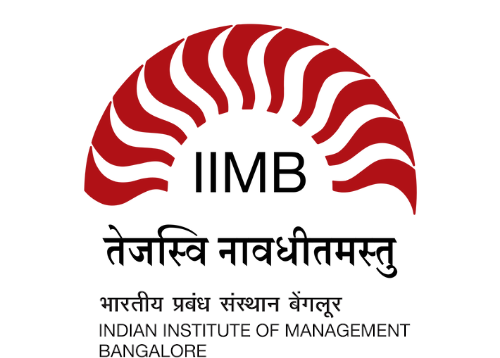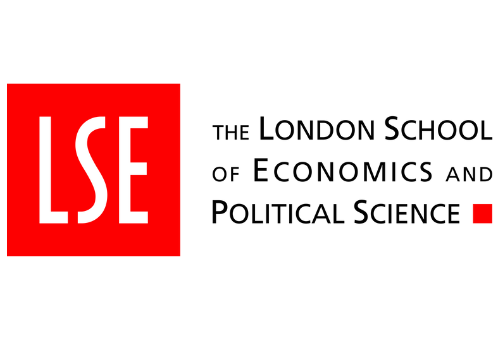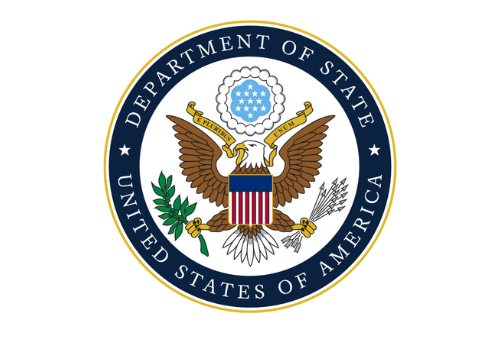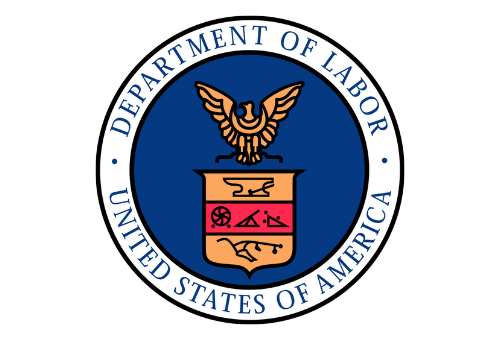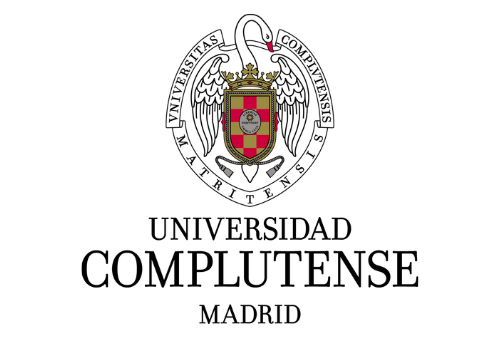CORPORATE DEBT RESTRUCTURING: LEGAL INTERSECTION OF COMPANY LAW AND IBC
Karthikeyan D, Presidency University Bengaluru
Corporate Debt Restructuring (CDR) is a critical mechanism within India’s financial ecosystem, designed to facilitate the revival of financially distressed companies while safeguarding broader economic stability. This article examines the evolving legal framework governing CDR in India, focusing on the intersection of company law, banking regulation, and insolvency legislation. The Companies Act, 2013, provides the statutory foundation for corporate-level restructuring decisions through Sections 230 to 232, which enable schemes of compromise and arrangement to be made under judicial supervision. Simultaneously, the Reserve Bank of India (RBI) has issued prudential frameworks, including the erstwhile Corporate Debt Restructuring Mechanism and the recent Prudential Framework for Resolution of Stressed Assets, guiding financial institutions in managing non-performing assets. The introduction of the Insolvency and Bankruptcy Code (IBC), 2016 marked a transformative shift in India’s restructuring regime by introducing a time-bound, creditor-driven resolution process with legal enforceability. The IBC complements existing restructuring frameworks by serving as both a deterrent and a formal resolution mechanism. Provisions such as Section 230 schemes during liquidation and the Pre-Packaged Insolvency Resolution Process (Pre-Pack IBC) reflect the integration of insolvency laws. Beyond statutory regimes, this article addresses contractual and security law dimensions, including loan renegotiations, covenant modifications, and enforcement of security interests under the SARFAESI Act, 2002. The analysis highlights judicial evolution through landmark rulings such as Essar Steel, Jet Airways, and Swiss Ribbons, which reinforce creditor rights and ensure procedural integrity. Despite progress, challenges persist, including regulatory overlaps, procedural delays, and inter-creditor conflicts. Recent developments such as RBI’s emphasis on out-of-court restructuring and India’s move toward cross-border insolvency norms signal a forward-looking approach. This article concludes that a harmonized framework combining company law, banking regulation, and insolvency law is essential for improving efficiency, enhancing creditor confidence, and strengthening India’s corporate resilience.
| 📄 Type | 🔍 Information |
|---|---|
| Research Paper | LawFoyer International Journal of Doctrinal Legal Research (LIJDLR), Volume 3, Issue 2, Page 914–934. |
| 🔗 Creative Commons | © Copyright |
| This work is licensed under a Creative Commons Attribution-NonCommercial 4.0 International License . | © Authors, 2025. All rights reserved. |






